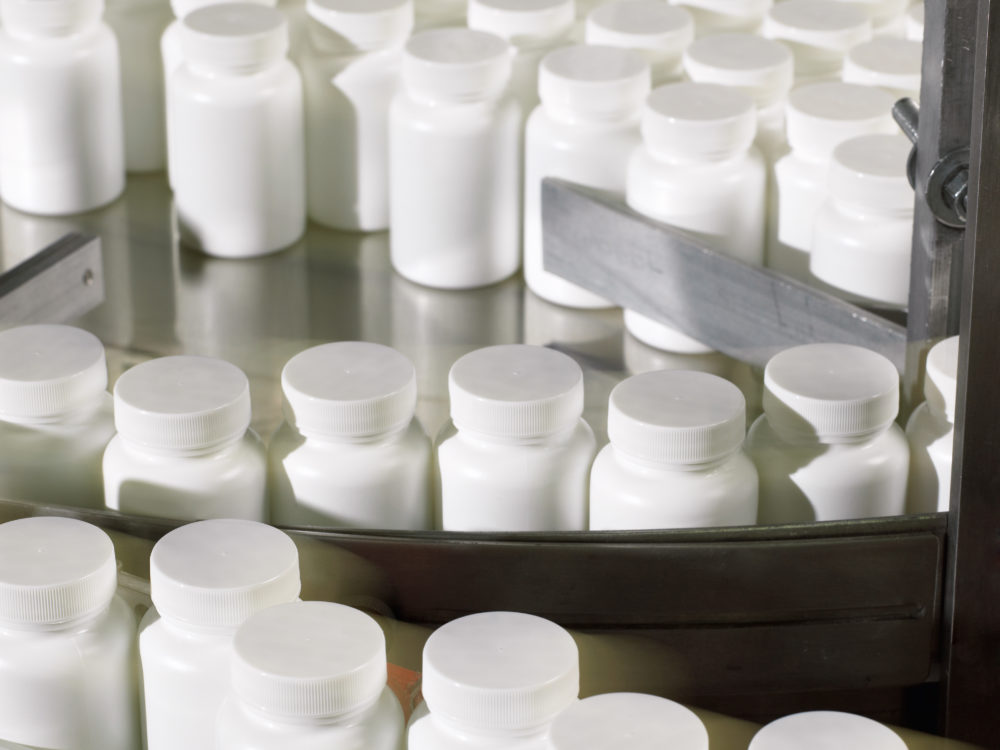Drug Companies Spend More On Marketing Than Research: Report

A new report suggests that, if money is any indicator, many drug companies are devoting more resources to raising awareness about their products than on actually researching the drugs to ensure they are safe and effective.
In 2013, most major drug manufacturers spent far more on marketing than research and development, according to a report by the BBC published last week.
Despite industry claims that “R & D” costs are the driving reason consumers are forced to pay sometimes outlandish prices for certain prescription medications, the report suggests that many companies spend twice as much on marketing their products as they do developing and researching them, resulting in huge profits.

Did You Know?
Millions of Philips CPAP Machines Recalled
Philips DreamStation, CPAP and BiPAP machines sold in recent years may pose a risk of cancer, lung damage and other injuries.
Learn MoreThe contrast between research and marketing comes as many of the same drug makers face lawsuits on behalf of consumers who were severely, and sometimes fatally, injured by the products, which allege that the pharmaceutical companies placed their desire for profits before consumer safety by withholding warnings and risk information that may have contradicted marketing claims.
The global pharmaceutical giant Johnson & Johnson was one such example highlighted in the BBC report. The drug maker spent $17.5 billion last year on drug marketing, but only $8.2 billion on research and development, resulting in $13.8 billion in profits in 2013; a profit margin of 19%.
Johnson & Johnson’s Janssen Pharmaceuticals subsidiary now faces a mounting number of Xarelto lawsuits filed on behalf of individuals who suffered severe and uncontrollable bleeding problems after using the new-generation anticoagulant, which was just introduced in late 2011.
Xarelto drug advertisements have aggressively promoted the medication as easier to use than warfarin, which was the go-to anticoagulant for decades, but requires regular blood monitoring during treatment. According to allegations raised in lawsuits filed on behalf of injured users, doctors should have also been instructed to monitor Xarelto patients to ensure the proper dose is used to minimize bleeding risks.
According to the findings of independent research published last month in the Journal of Cardiology, Xarelto monitoring may have helped users avoid many severe bleeding problems by identifying those who may be at the greatest risk.
Lawsuits filed against Janssen, as well Bayer Healthcare, which co-developed Xarelto, also allege that the drug makers jumped the gun by introducing the medication without identifying a safe and effective reversal agent that doctors could have used to counteract the blood thinning effects of the medication if bleeding develops. Unlike warfarin, which can be reversed with a dose of vitamin K and plasma, there is no antidote for Xarelto and lawsuits allege that the drug makers failed to fully explore all possible reversal agents before introducing the medication.
Johnson and Johnson was not unique, according to the BBC report. The global pharmaceutical company Pfizer generated a 43% profit margin, with nearly $22 billion in profits after spending $11.4 billion on marketing and only $6.6 billion on research and development. Some of the drug makers most aggressively advertised products, including Viagra and Lipitor, are also the subject of lawsuits that allege the drug maker failed to adequately warn about serious health risks.
Get more articles like this sent directly to your inbox.
"*" indicates required fields





0 Comments